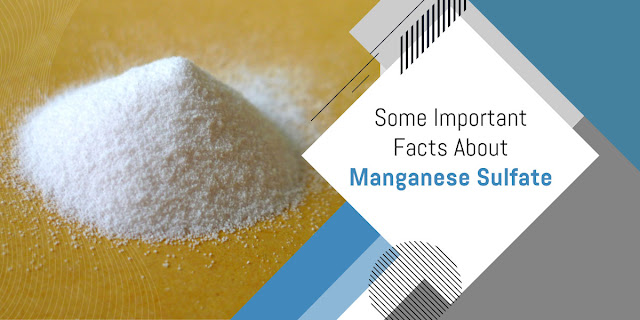Difference between Sodium Lauryl Sulfate (SLS) and Sodium Laureth Ether Sulfate (SLES)
Chemical Formula:
CH3(CH2)10CH2(OCH2CH2)nOSO3Na
SLES stands for Sodium Lauryl Ether Sulfate. It
appears as a yellowish-white paste and functions as an anionic surfactant or
detergent in a variety of cleaning and personal care products, such as soaps
and cosmetics.
Palvi Chemicals is one of the most popular Sodium
Lauryl Ether Sulphate suppliers in Ghana.
SLES is used as a cleansing ingredient in a variety of
goods in everyday life. Natural sources of Sodium Lauryl Ether Sulfate liquid
include coconut oil and palm kernel oil. It is plainly seen in the ingredients
section of the shampoo packet or container.
Surfactant sodium lauryl ether sulphate liquid is
widely used. SLES, as a surfactant, lowers the surface tension between the
product's constituents, and as a result of this unique characteristic, it makes
an excellent foaming and washing agent. SLES is also widely used in household
cleaners, self-care, and cosmetics products.
Let’s take a look at the application and uses of SLES
listed by Palvi Chemicals - the leading Sodium
Lauryl Ether Sulphate exporter in Ghana.
Application & Usage:
● SLES is an anionic surfactant
that is utilised in the production of shampoos, soaps, and toothpaste due to
its emulsifying and cleaning qualities.
● SLES use hand washing as well
as laundry detergents. It is also found in carpet cleaners and cleansers.
● SLES is used to make dandruff
treatment treatments, hair gels, hair setting sprays, and conditioners.
● SLES is used to make
mouthwash, toothpaste, and teeth whitening products in the dental care
industry.
● SLES is used in the manufacture
of makeup removers, lip balms, foundation, concealer, facial cleansers, shaving
creams, facial gel, liquid hand soap, and exfoliants.
Sodium Lauryl Sulfate is one of the first ingredients
listed on many cleaning and personal-care products, from detergents to
toothpaste (SLS). This common chemical is a surfactant, which means it
decreases the surface tension of water and aids in the cleansing and lathering
of items when they are employed. SLS is responsible for the foamy quality of
many hand soaps, face cleansers, and shave creams.
If you are searching the best Sodium
Lauryl Ether Sulphate distributor in Ghana, check out the official
website of Palvi Chemical to place your order online.
However, there is another component with a similar
sounding name: Sodium Laureth Ether Sulfate (SLES). It's also known as Sodium
Laureth Sulfate, with "Laureth" being a contraction of the words
"Lauryl" and "Ether." SLES, like SLS, is utilised for its
emulsifying properties and as a highly effective detergent and cleanser.
While the names of these two cleaning agents and their
functions may appear to be comparable, there is a differentiation between the
two – and a reason why you should choose SLES-based solutions over SLS-based
ones.
Palvi Chemical is a distinguished Sodium Lauryl Ether Sulphate distributor in Nigeria.
Difference:
Sodium Lauryl Sulfate (SLS) is the parent chemical
from which Sodium Laureth Ether Sulfate is formed (SLES). It is made by
reacting lauryl alcohol with petroleum, coconut oil, or palm oil. To create
SLES from SLS, a procedure known as ethoxylation (in which ethylene oxide is
injected) is required. According to the Campaign for Safe Cosmetics, this
process is critical since it converts SLES into a safer, less abrasive chemical
than its predecessor.
If you are looking for Sodium Lauryl Ether Sulphate in Nigeria, kindly contact Palvi Chemicals -
an excellent Sodium Lauryl Ether Sulphate Supplier in Nigeria.
All the recent studies have discredited allegations
that the parent chemical SLS might cause chronic health problems, however it is
well-known as a skin and eye irritant. That's not exactly a feature you look
for in your laundry detergents and personal care products. Though a little
quantity is unlikely to cause contact dermatitis, often known as an itchy rash,
you can't tell how much SLS is present in each product because it's not listed
on the label.
SLES, on the other hand, performs the same cleansing
and emulsifying functions while being significantly less prone to irritate your
skin.


Comments
Post a Comment